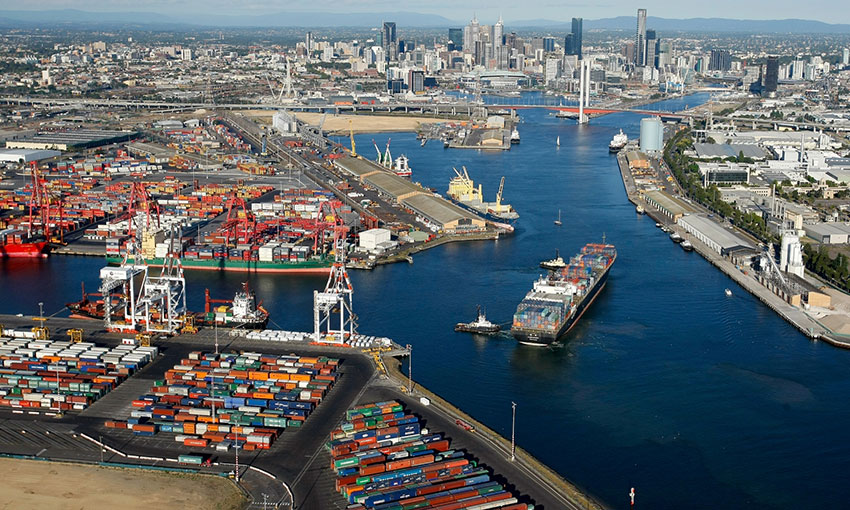PORTS Victoria is to have sweeping responsibility over the state’s commercial waterways, amalgamating the Victorian Regional Channels Authority and the Victorian Ports Corporation Melbourne.
The state government said it would establish the new entity in an Initial Government Response to the Independent Review of the Victorian Ports System. Ports Victoria will begin operating in July.
The review commenced in early 2020 and delivered to the state government in November, but the review’s full text, with more than 60 recommendations, has not been publicly released. However, the government’s initial response provides some insight into the findings of the review. The establishment of Ports Victoria is a major component of the response.
Victorian ports and freight minister Melissa Horne said, “Ports Victoria will ensure our ports operate in a smart, efficient way to support the sector, continue to grow our economy and create jobs”.
The initial government response said Ports Victoria would have “overarching responsibility for the channels and port waters of the commercial ports”. This will include providing and maintaining channels and navigation aids, ensuring availability of key water-based services, deploying harbour masters, and more.
The new entity will be located in Geelong; the government said locating the new entity in Geelong would grow the city’s influence in the ports sector and allow it to become a “niche centre of maritime expertise”.
Among the 60-plus recommendations that came out of the review, one, according to the initial response, was a recommendation for stronger regulatory oversight of pilotage services in the state. It said this would be “to ensure adoption of safe operating practices and to support development of a robust performance-management framework”.
Also, the review recommended that Ports Victoria reinforce the harbour master role by consolidating and clarifying lines of accountability for the state’s major commercial ports.
Landside pricing at Port of Melbourne
According to the government response, the review found stevedores are not using their market power to inflate profits. In its finding, it pointed to analysis from the ACCC that shows stevedore rates of return have declined over the past decade.
Andrew Hudson, partner at Rigby Cooke Lawyers, said the response suggests that the review found support for its conclusions in the findings of an ACCC Container and Stevedore Monitoring Report.
“However, the review may have been concluded before the most recent of those ACCC reports in October 2020 which found that operating profits for stevedores had increased for the first time in a decade predominantly from large revenue growth in landside charges including the TACs [terminal access charges],” he said.
“There have also been the comments of the ACCC Chair in October 2020 calling for new regulatory powers over large privately owned businesses with significant control of the supply chain.”
However, Mr Hudson pointed out the response reflects the possibility of more direct regulation if evidence shows that TACs emerge as a “key driver” of increased stevedore profitability.
“Even so, many in industry are concerned that none of the current actions proposed by state or federal governments include the immediate establishment of more direct control on TACs or subsequent new charges that have been introduced (container weighing and vehicle movement charges) and related supply chain issues such as congestion around the ports and difficulties with the use of empty container parks (ECPs),” he said.
International supply-chain issues
Mr Hudson said the Victorian government has also recently started a separate review of the use of empty container parks, which may suggest that the review may not address the ECP issues.
“According to all reports there is a clear and present problem in the international supply chain, let alone the national supply chain in Australia,” he said.
“While some of the current actions signal the possibility of future direct regulation of the supply chain (including regulation of charges) in Australia, there remains the concern that these signals may not be enough to drive some real and enforceable changes to regulation of the sector, whether in terms of costs or of access to the ECPs and ports.
“There are already significant issues throughout the entire supply chain which warrant specific action now before the issues become more pronounced and further diminish trade benefits.”

